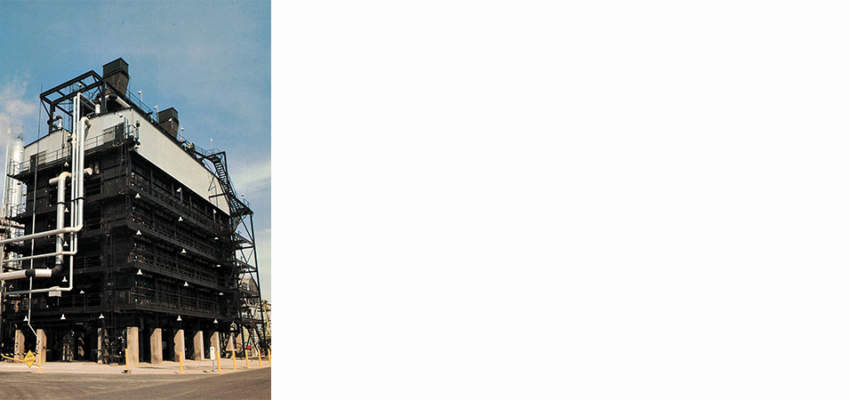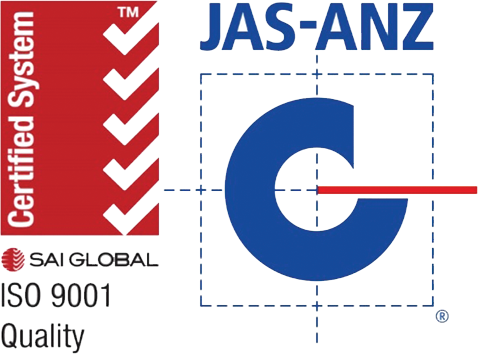Lanemark HC gas fired, round flame burners provide the process heat for applications from crude oil refining (desulphurisation) to the production of technical and commercial gases.
This heat is required to initiate the reaction which ‘reforms’ the reformer feed stock – typically natural gas or naphtha – and results in the production of hydrogen.
Advantages of the Lanemark HC-series hydrogen reformer petrochemical burner
Efficiency
The burners’ intimate mixing properties removes the need for permanent pilot burners, which in turn minimises natural gas or refinery fuel gas trim fuel flow rates. This can save both operating costs and the use of potential feed stock.
Flame control and stability
The burners’ stable, tightly controlled flame profile allows high calorific value fuels such as natural gas and refinery gas to be fired – either on their own or in combination with low calorific off gas from the process Pressure Swing Absorption unit (PSA). This process off gas is known as:
- PSA off gas
- PSA purge gas or
- PSA tail gas
which typically contain hydrogen, methane, carbon monoxide and high levels of carbon dioxide.
Burner ignition can be by portable spark ignitor, portable pilot or, if the client’s start up philosophy requires, then by fixed pilot burners which can be manual or automatic. Low NOx, CO and noise emissions combine with high levels of flexibility to ensure burner stability in all conditions.
Flexible arrangement options
Lanemark hydrogen reformer burners can be supplied in induced draft or forced draft mode. Forced draft burner designs can accommodate high combustion air temperatures, which allow for both optimum waste heat recovery and varying excess air levels. This in turn optimises process steam generation from the reformer convection section.
Other features of the Lanemark HC-series hydrogen reformer petrochemical burner
- A single Lanemark ‘Thermimax Matrix’ head can accommodate both high and low calorific fuel gases either as single fuels or as combined/mixed units upstream of the burners in any available proportion. This means only a single pipeline distribution system to the penthouse, to each burner row and to each individual burner is required – helping to minimise equipment, installation and maintenance costs.
- The Lanemark ‘Thermimax Matrix’ burner head produces both fuel rich and fuel lean zones resulting in low NOx emissions without impacting on turndown, flame stability or CO emissions.
- Low noise emissions result from low to medium combustion air pressure drop
- The low fuel gas pressure drop/intimate mixing properties of the matrix design avoid the need for external burner acoustic insulation.
- Flame lengths of less than 3m with diameters of under 0.7m
- Low excess air operation at design / normal burner loads and high excess air at low load, start up, warm standby and plant upset conditions – all providing a high level of flexibility, reliability and availability.


 HC
HC




